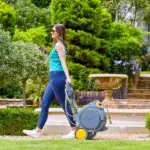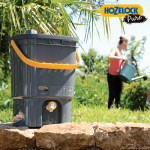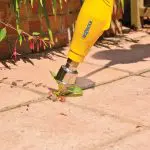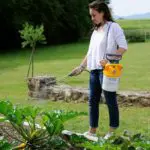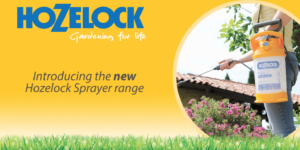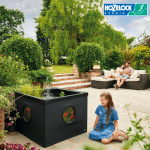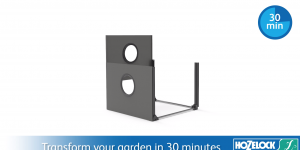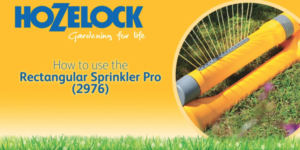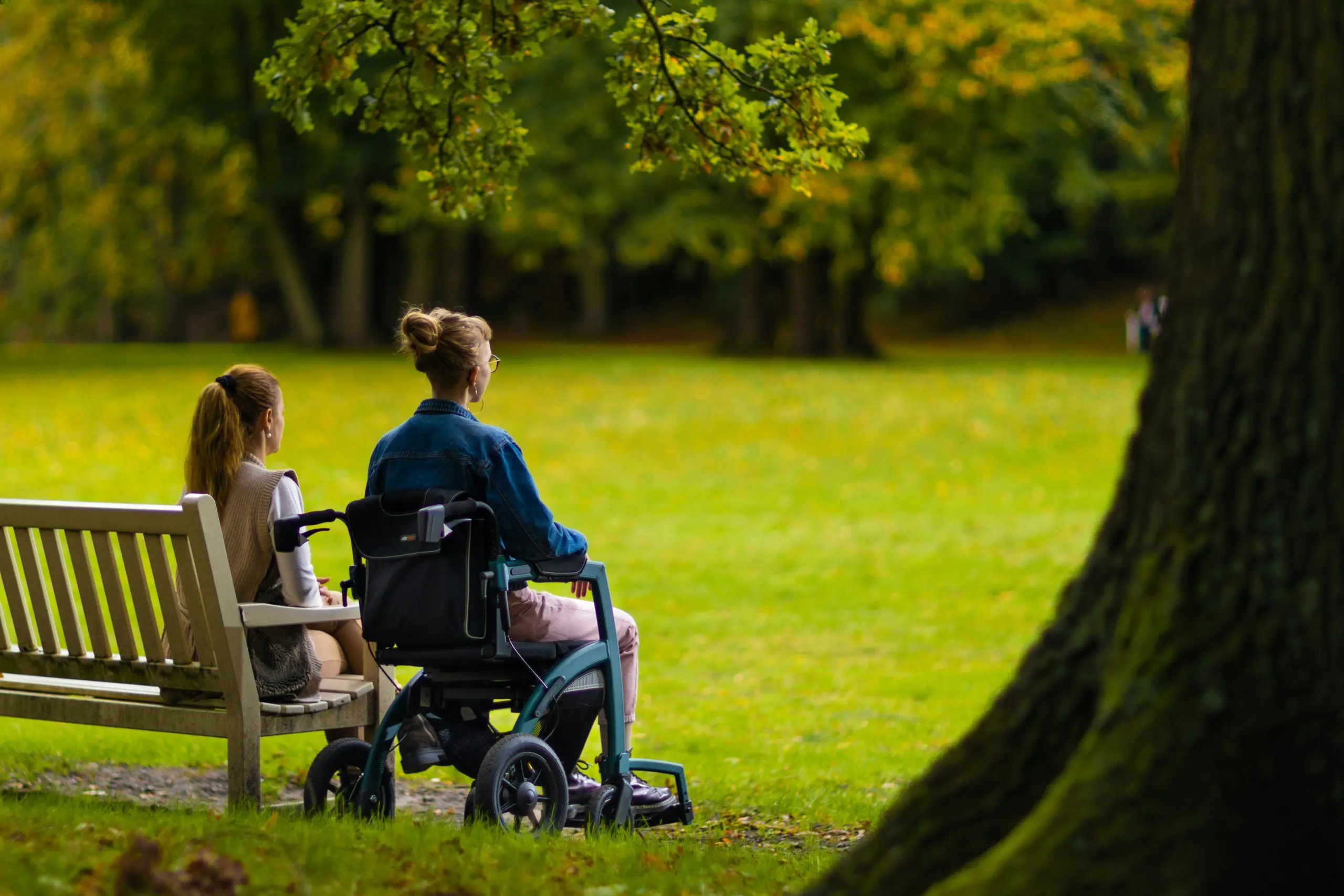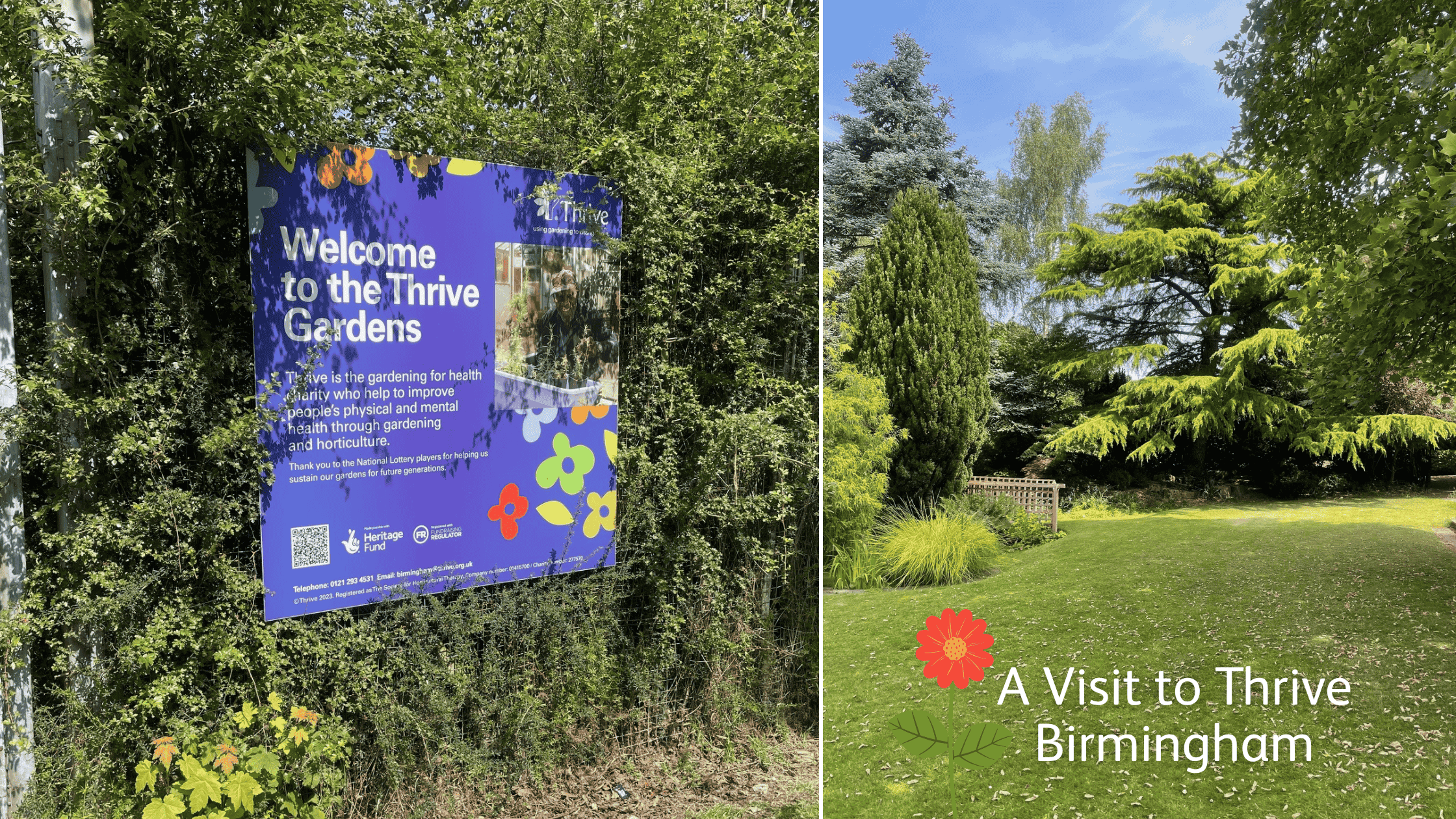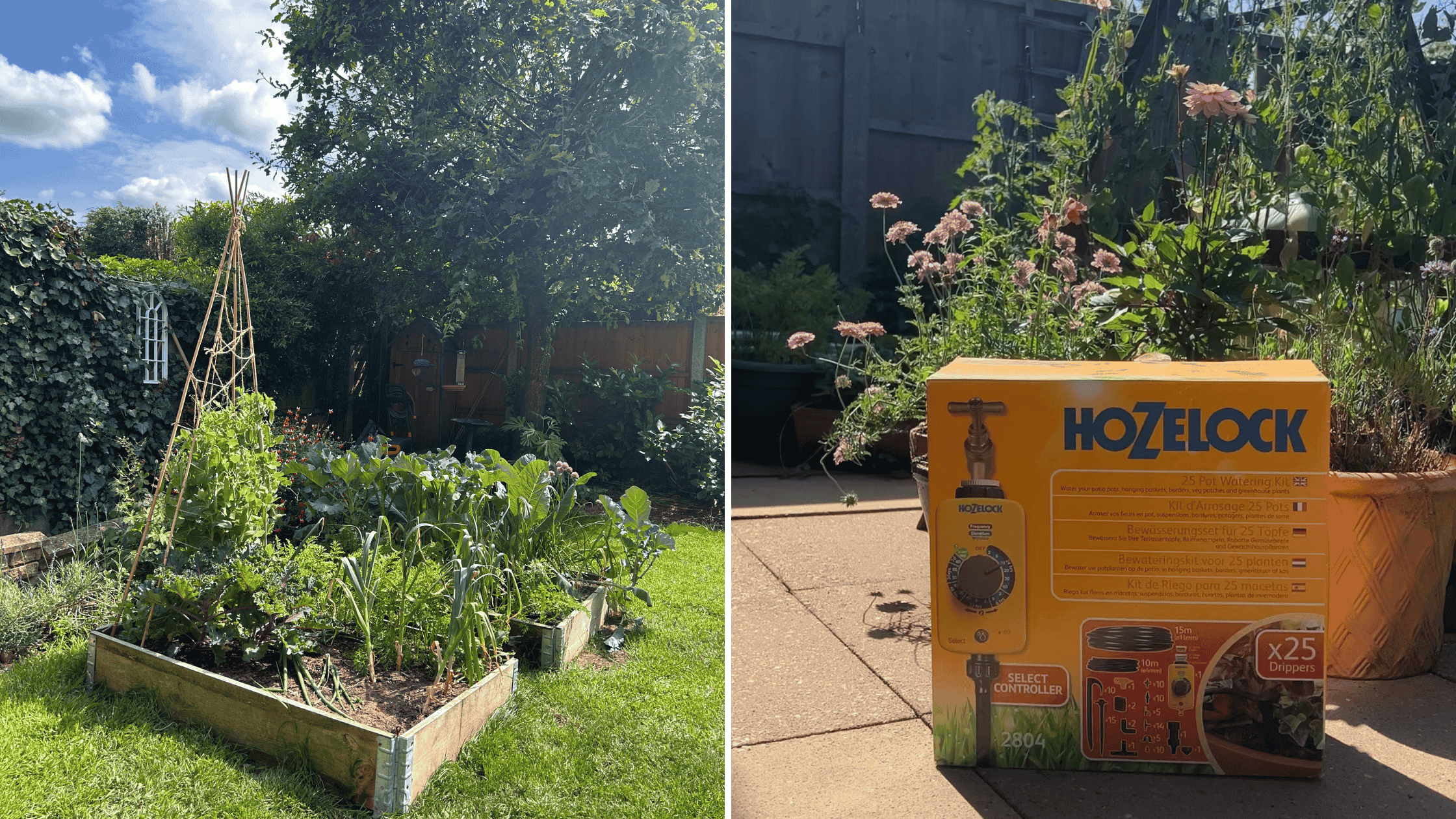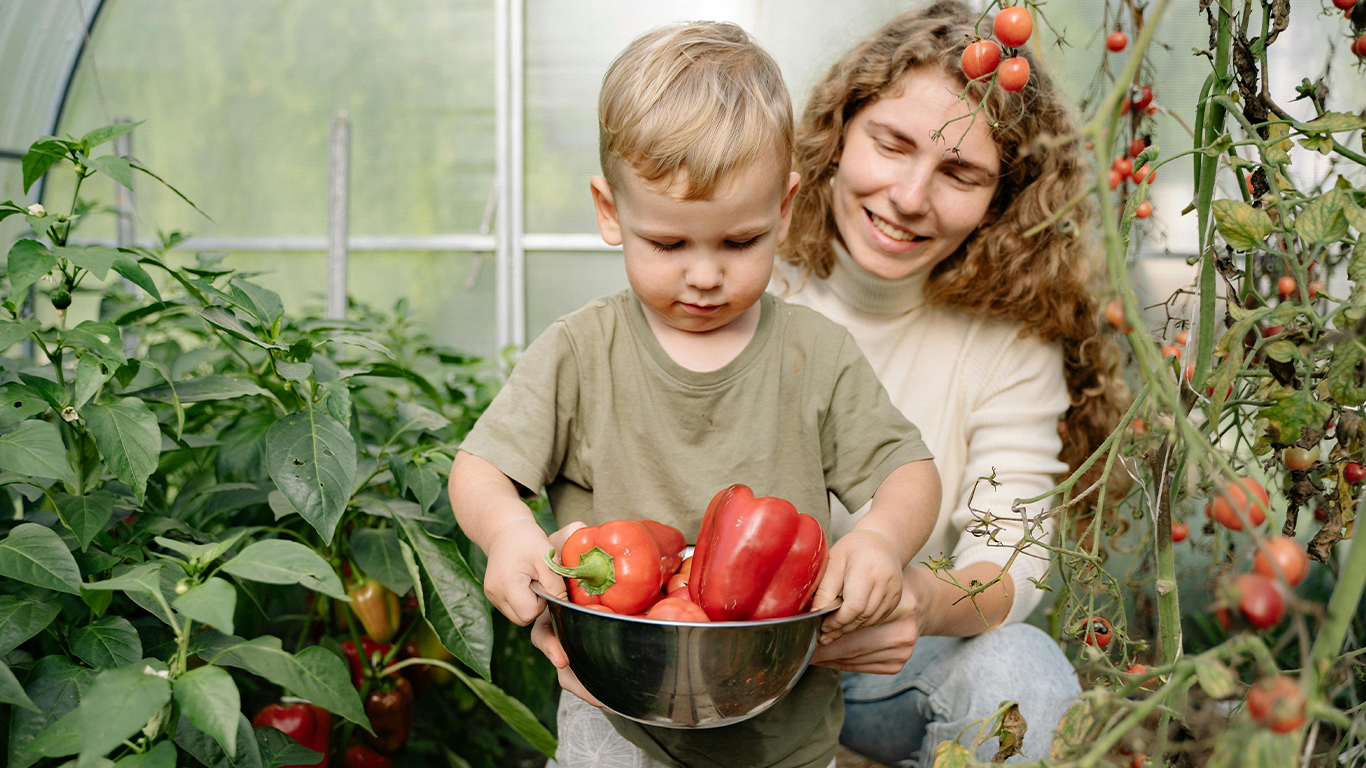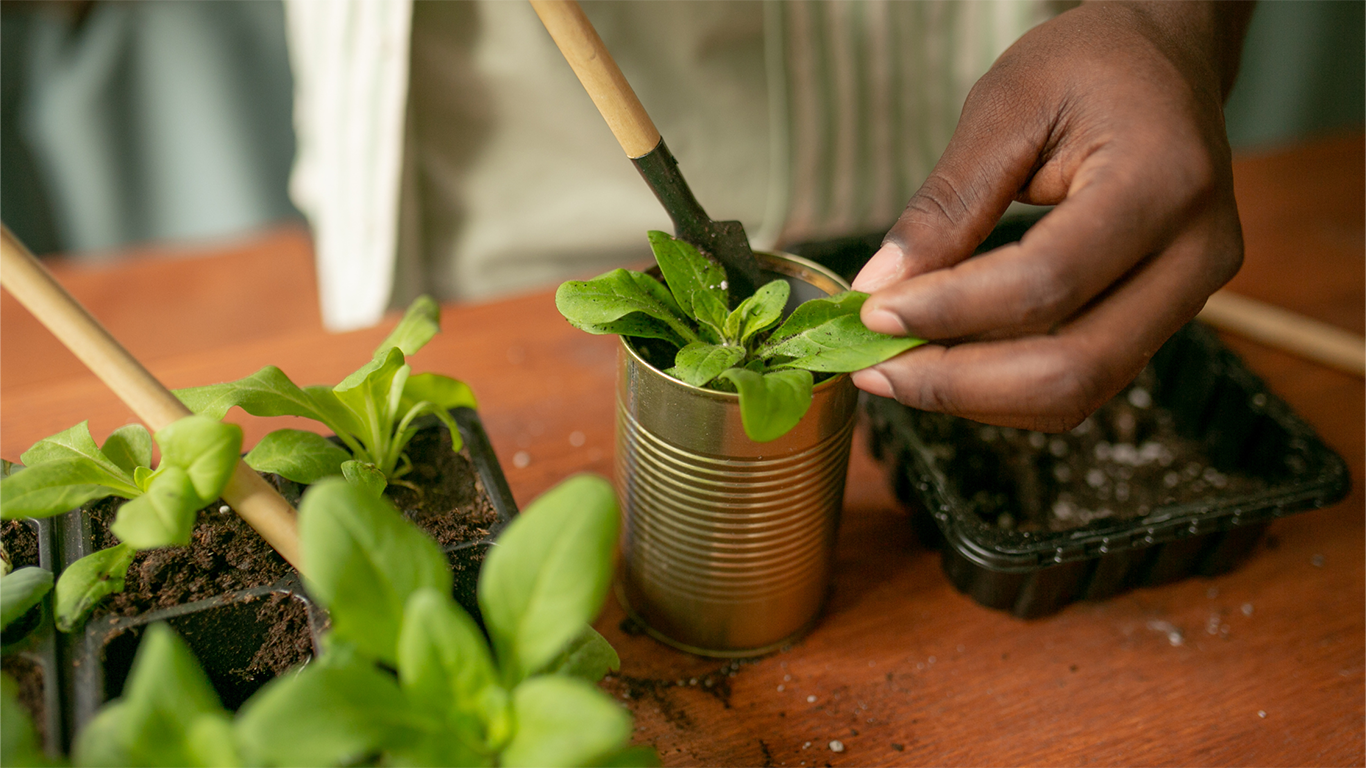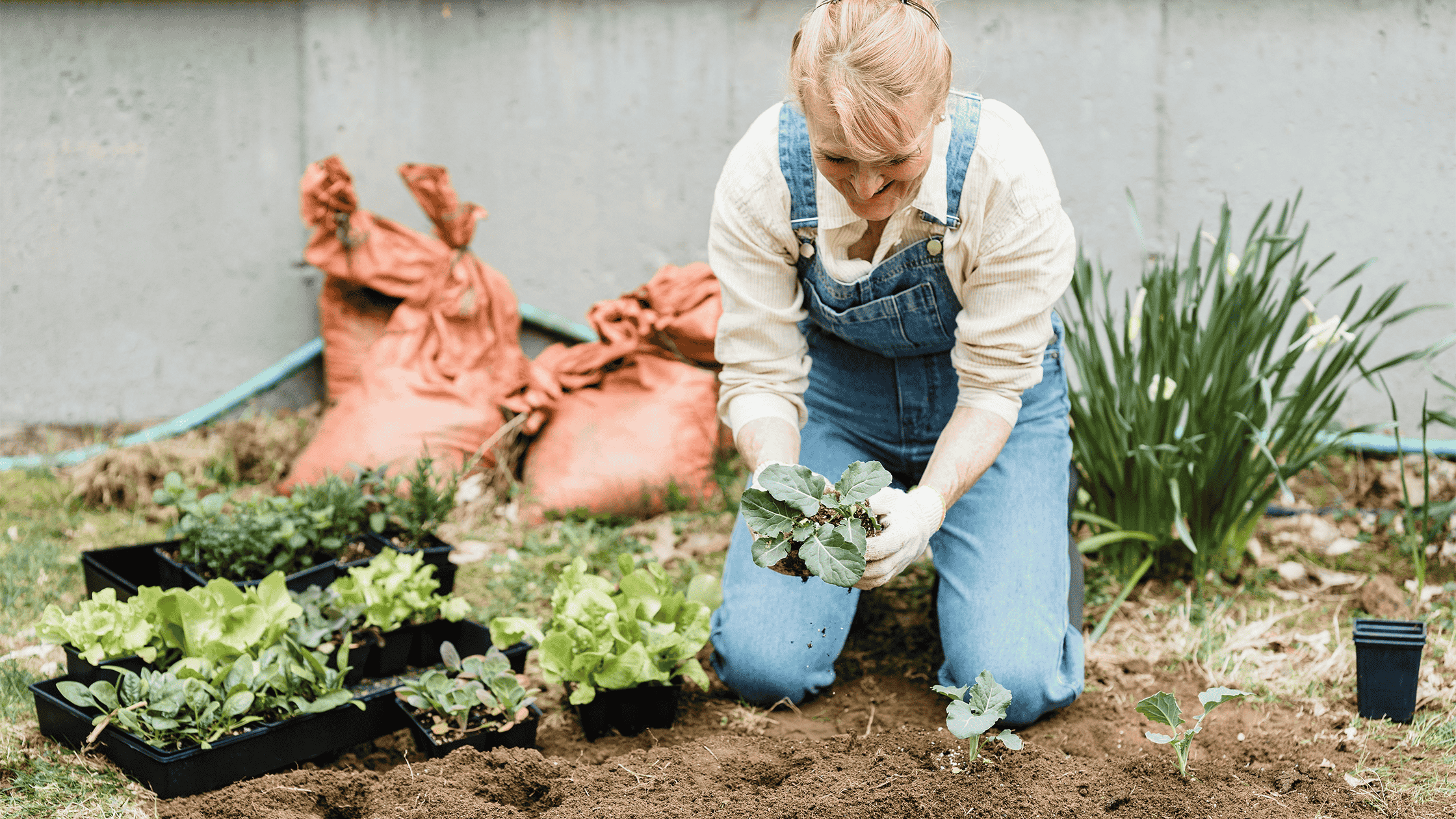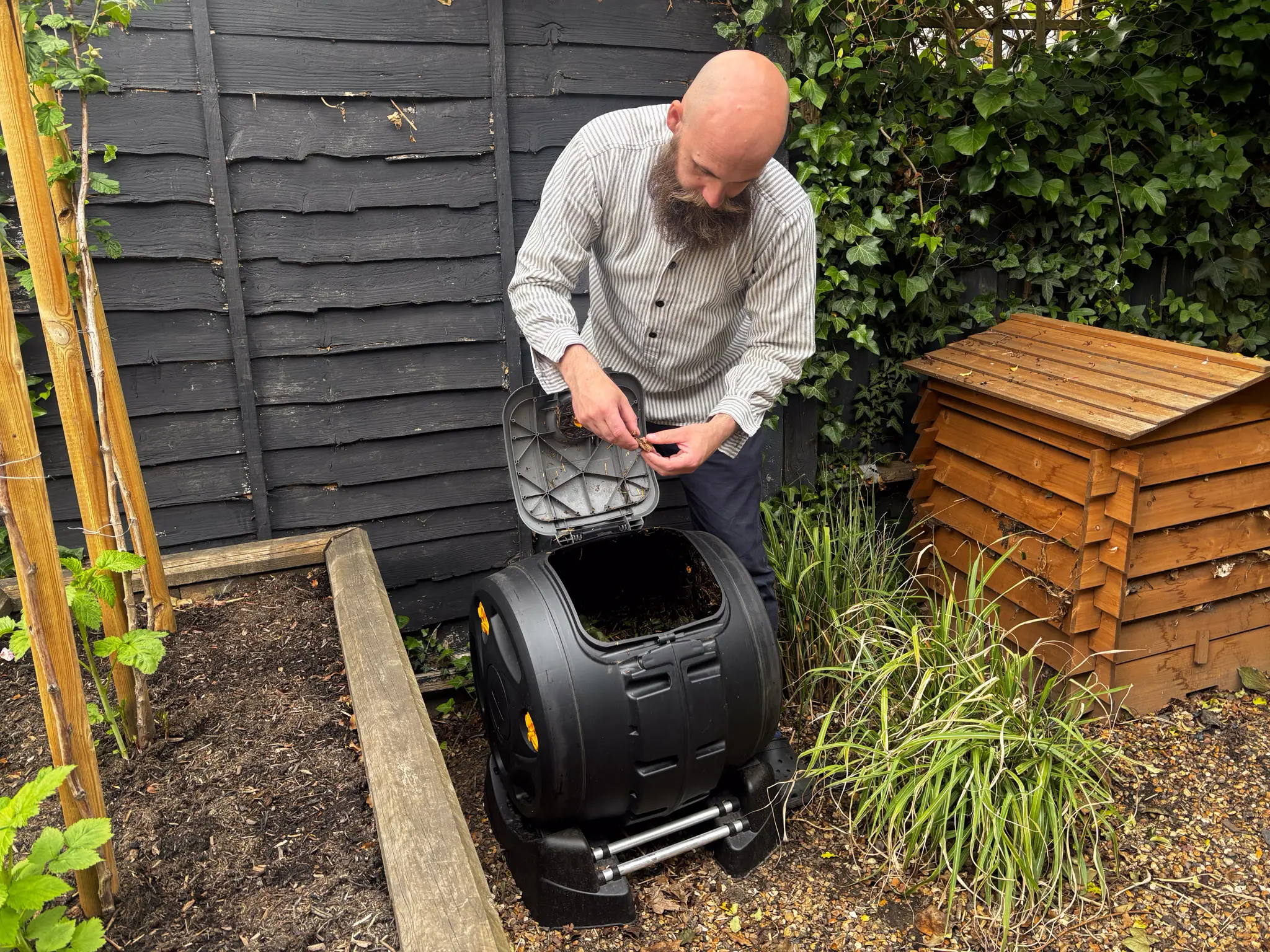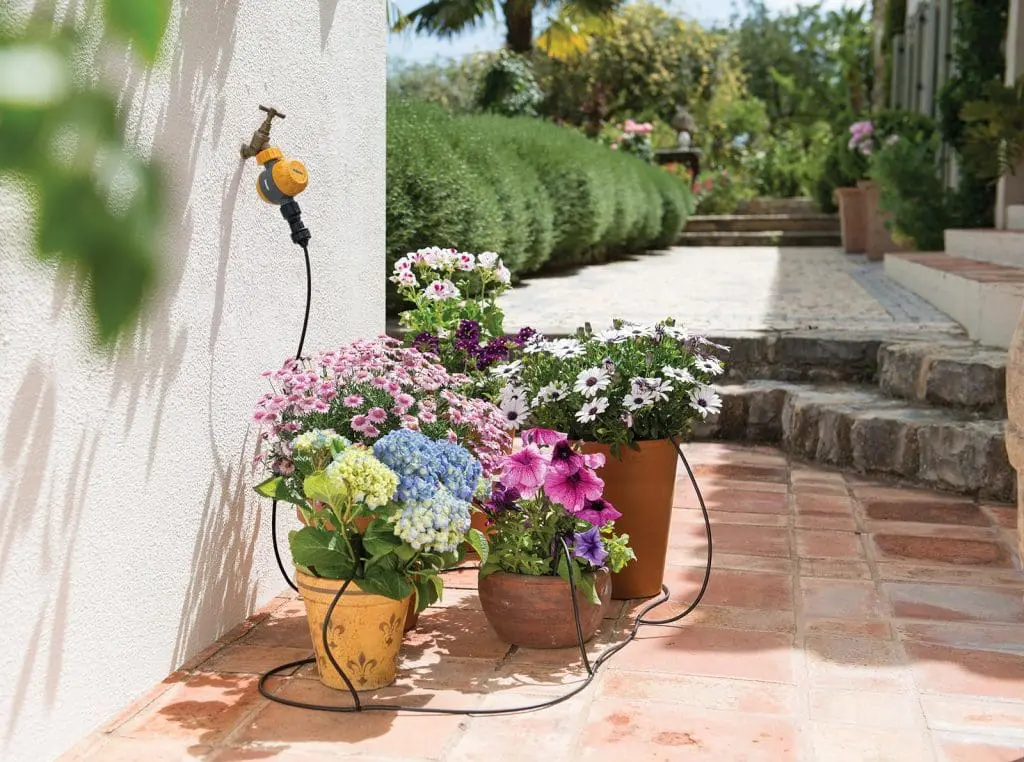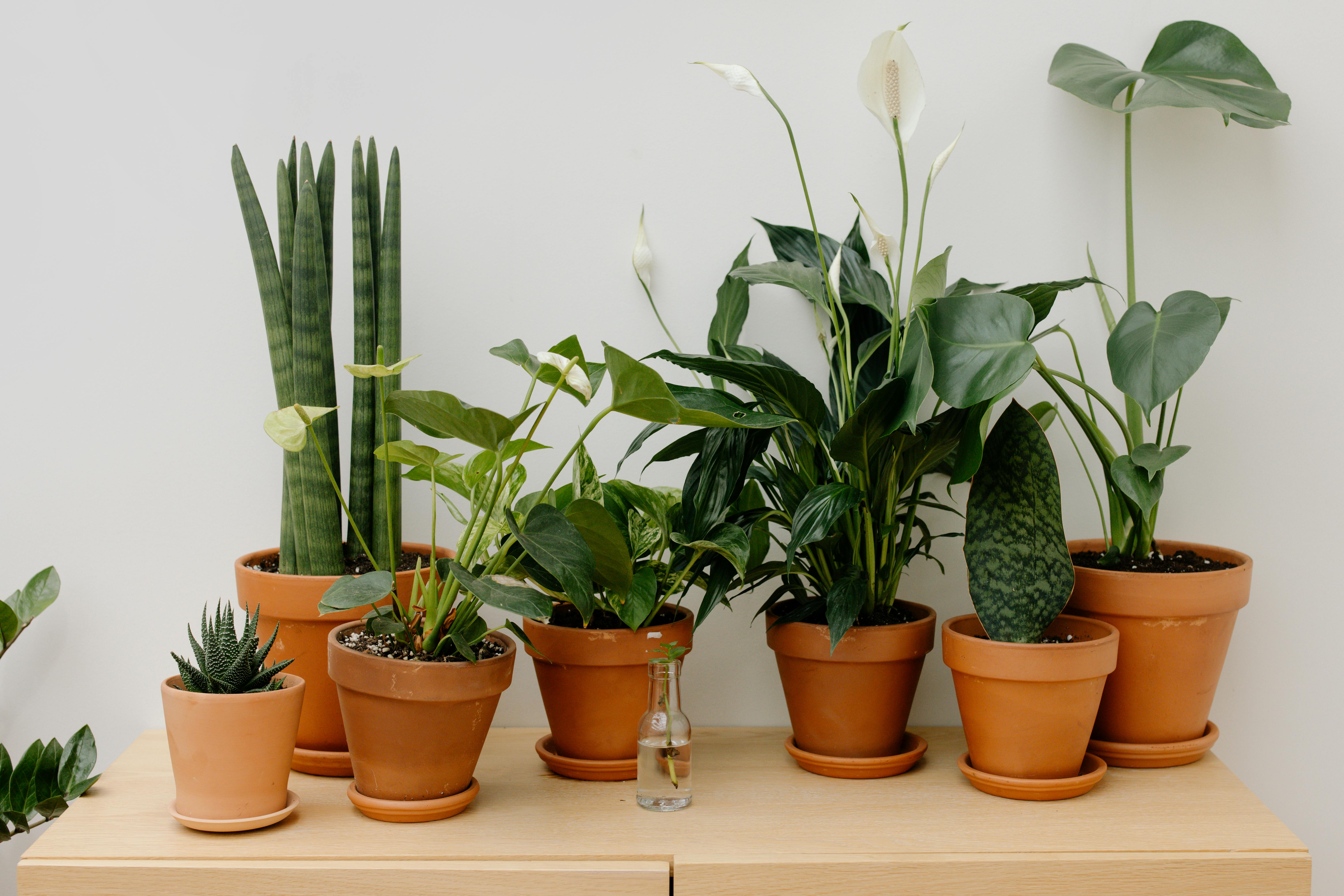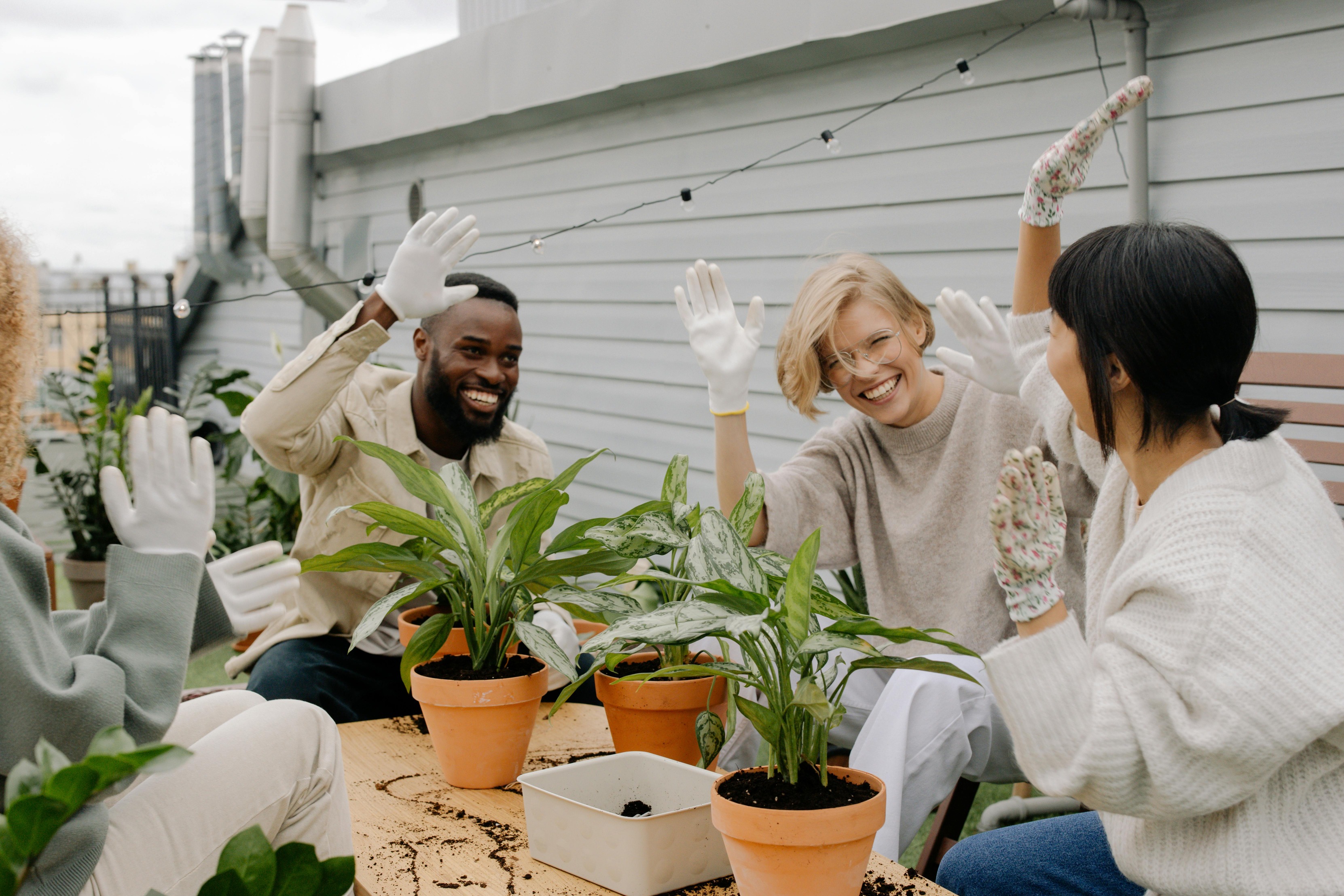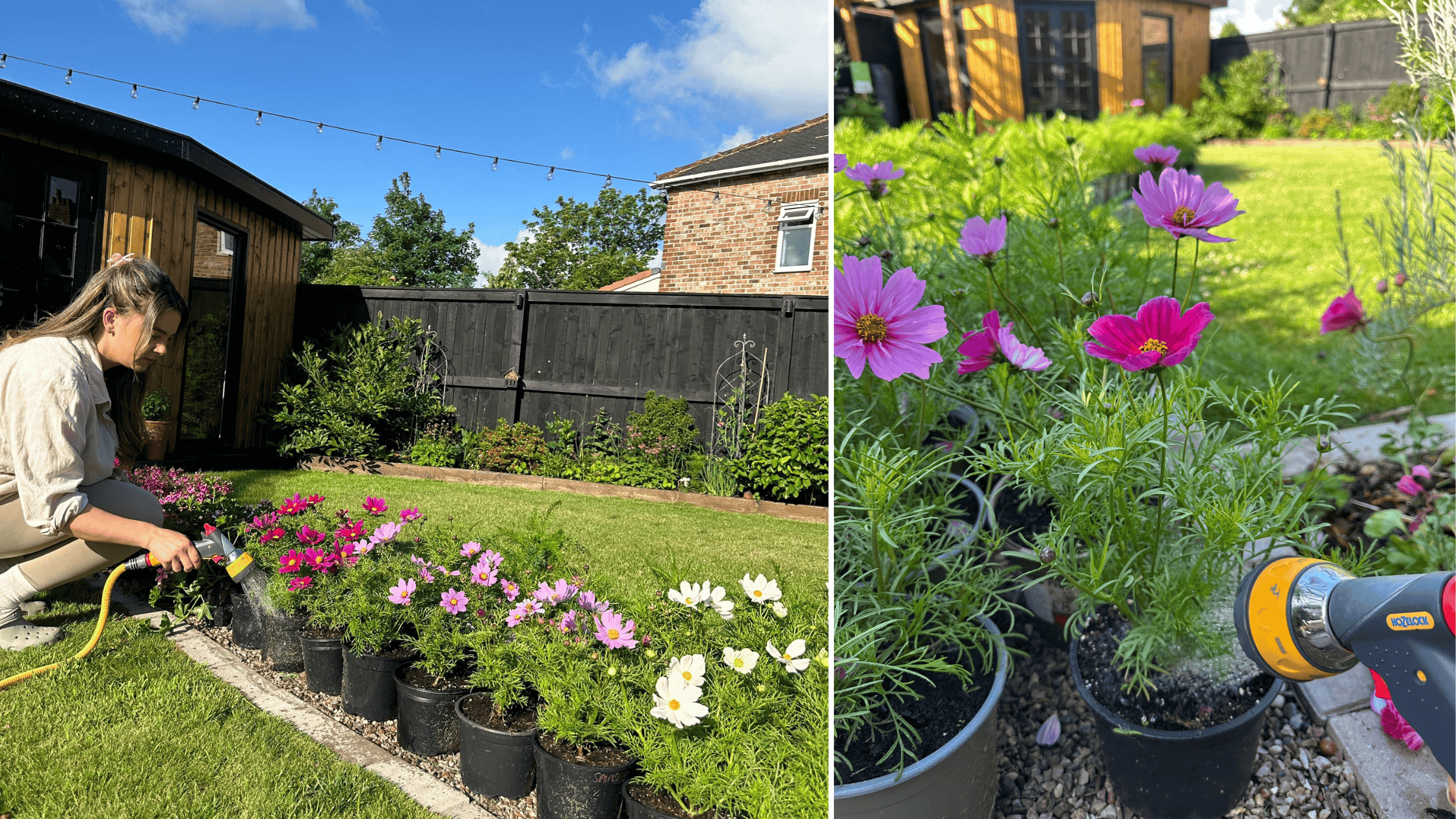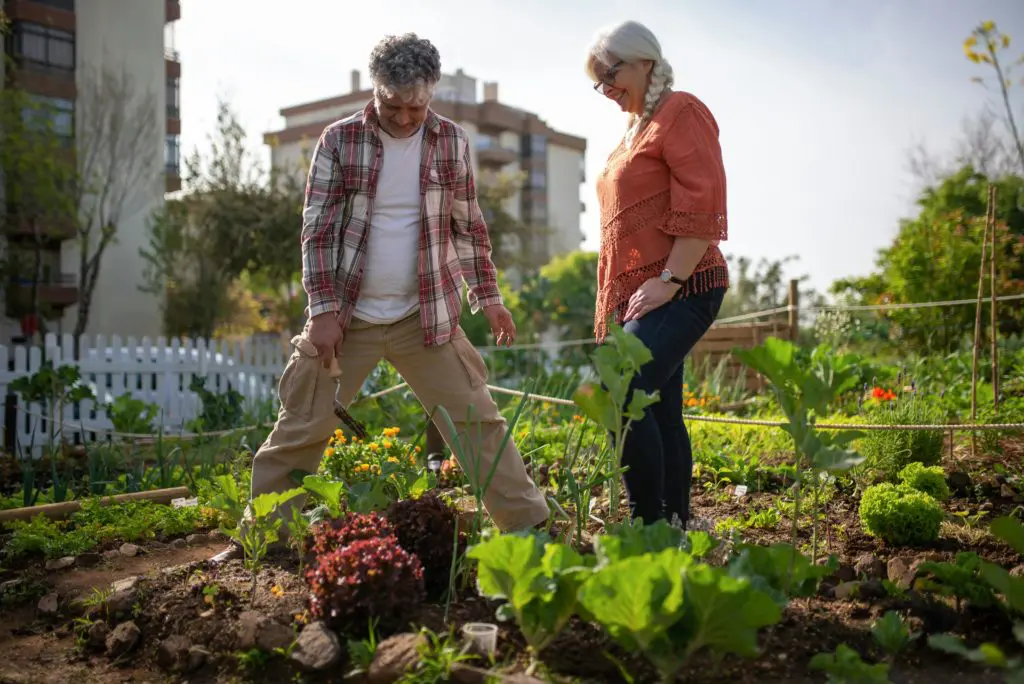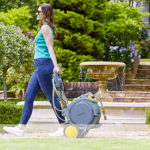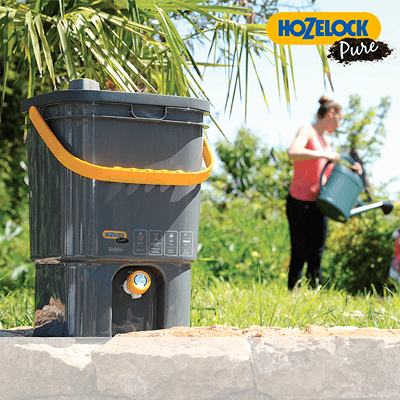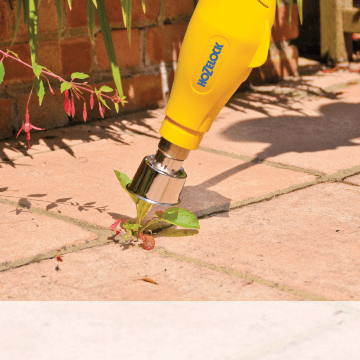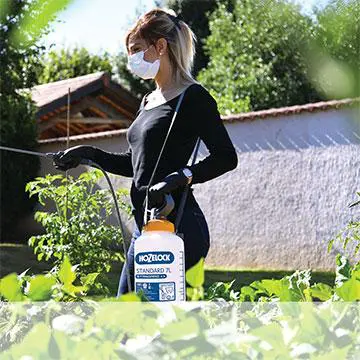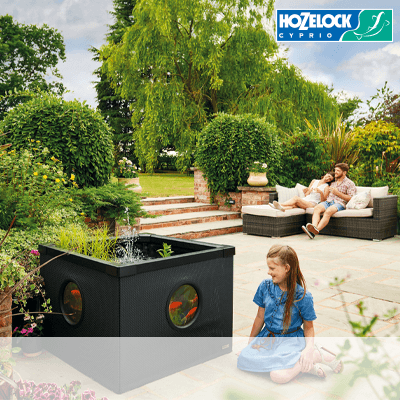Gardening is for everyone – no exceptions. Whether you live with a physical disability, chronic illness, or mental health condition, you can enjoy the peace, pride, and pleasure that gardening brings. It’s not about doing things the “traditional” way – it’s about finding your way to connect with the natural world.
From growing your own vegetables to nurturing flowers or simply feeling the soil in your hands, gardening offers a calming escape and a powerful sense of accomplishment. And with a few smart adaptations, it can be made accessible, comfortable, and meaningful – no matter your ability.
Why Gardening Is So Good for You
For many people living with a disability or chronic condition, gardening offers a sense of independence, control, and purpose. It’s not just about flowers or vegetables—it’s about the feeling it brings.
Here are just a few of the powerful benefits:
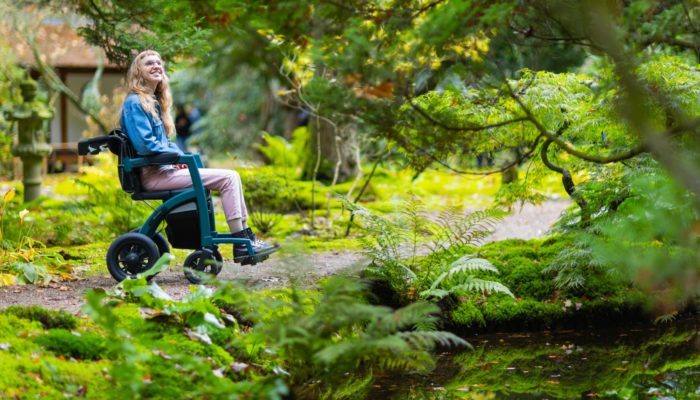
Mental Health
- Reduces stress and anxiety through calming, repetitive tasks.
- Boosts self-esteem and confidence as you watch your efforts grow.
- Encourages mindfulness, helping you stay present in the moment.
- Improves focus and provides a healthy routine or structure to your day.
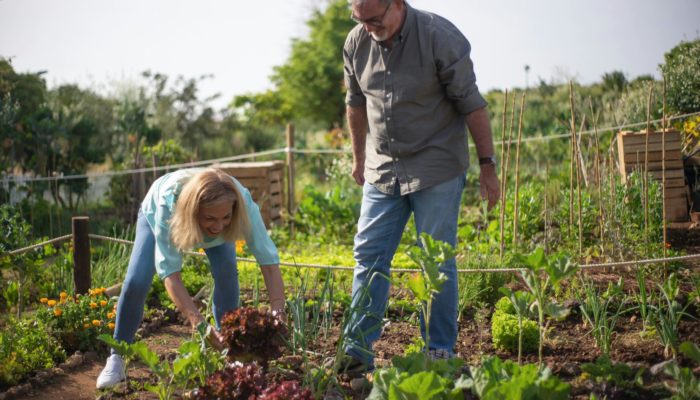
Physical Health
- Promotes gentle movement, even for those with limited mobility.
- Supports flexibility, strength, and coordination.
- Offers exposure to sunlight, which can increase Vitamin D levels and lift your mood.
- Encourages better sleep by aligning your body’s natural rhythms.
Making Gardening Accessible
The most important thing to remember? There is no one way to garden.
If getting down on your knees and digging isn’t possible or comfortable, that doesn’t mean you can’t enjoy gardening. Adapting your environment and tools makes a huge difference—and ensures your gardening space works with you, not against you.
Here are some of the best ways to make gardening more accessible:
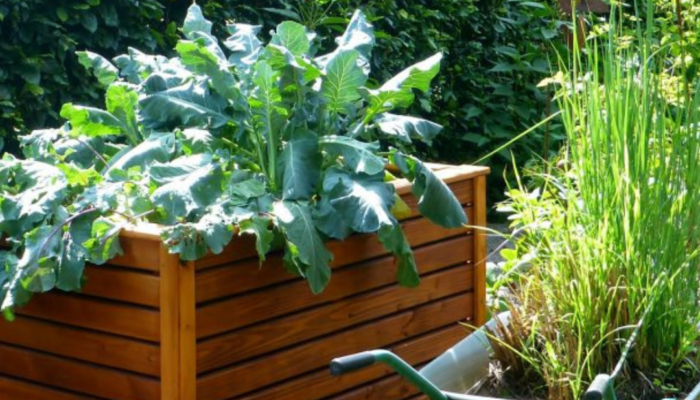
Raised Beds and Container Gardening
Bring the garden up to a comfortable height to reduce bending, kneeling, or overreaching. Ideal for wheelchair users and those with limited mobility.
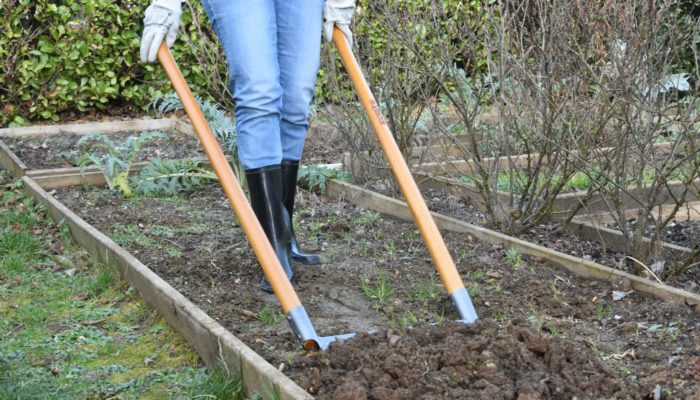
Use of Ergonomic and Adaptive Tools
Tools with easy-grip handles, long shafts, or wrist supports help reduce strain on joints and improve control for people with arthritis, limited dexterity, or tremors.
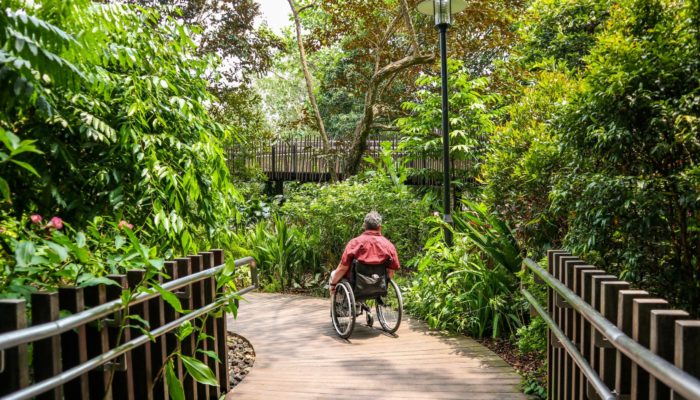
Smooth, Wide, and Level Pathways
Ensure easy navigation for wheelchairs, walkers, and canes by using non-slip, even surfaces with ample turning space.

Seated Workstations and Garden Benches
Provide rest points and allow tasks to be done from a seated position, reducing fatigue and joint pressure.

Automatic Watering Systems
Drip irrigation, soaker hoses, or timed systems reduce the need to carry heavy watering cans and make daily care easier.
Our Solar Select Irrigation Kit may be the perfect fit.

Sensory-Friendly Garden Features
Incorporate soothing textures, calming scents, and simple layouts to support people with autism, dementia, or anxiety.
Helpful Tools for All Abilities
Using the right tools can take the strain off your body and make gardening easier, safer, and more enjoyable.
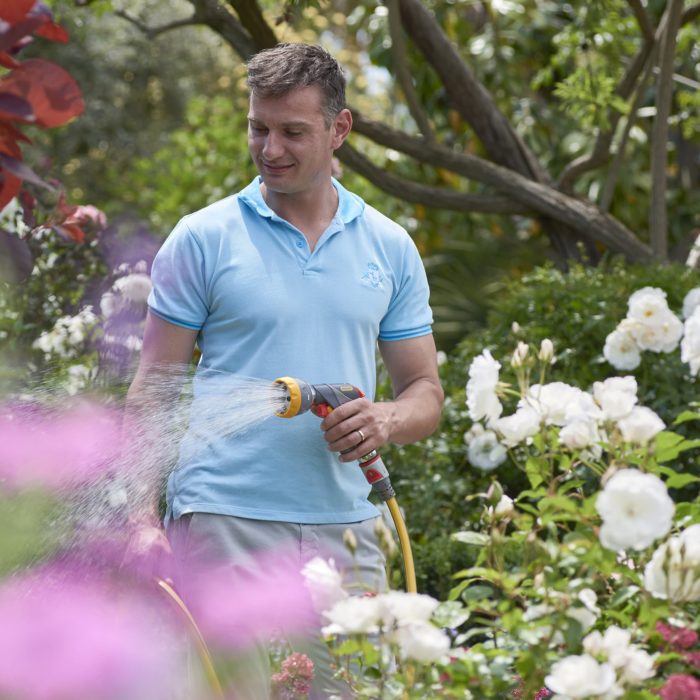
Here are some adaptive and ergonomic tools to consider:
- Ergonomic Hand Tools: Designed to reduce wrist strain, with angled handles and padded grips.
- Long-Handled Tools: Let you weed, prune, or dig from a seated or standing position without bending.
- Lightweight Tools: Ideal if you experience fatigue or joint pain.
- Grip Aids and Adaptive Handles: Help if you have limited dexterity, arthritis, or muscle weakness.
- Kneelers with Handles: Provide cushioning and support when getting down and up.
- One-Handed Pruners: Designed for use with limited hand strength or mobility.
- Self-Watering Pots and Automatic Irrigation: Reduce the need to carry heavy watering cans.
Many garden centres and disability suppliers now stock these types of tools, and you can often modify regular tools with grip tape or handle extensions.
Gardening Ideas by Condition
Accessibility isn’t one-size-fits-all. Different disabilities may require different approaches, and your needs might change from day to day.
Below are some tailored tips for specific conditions:
- Use visual reminders and labels: Brightly coloured plant markers and to-do lists help with task completion.
- Set short, specific goals: Break tasks into manageable chunks—like “plant 3 seedlings” rather than “work in the garden.”
- Create a stimulating layout: Use colourful, textural, and interactive plants to maintain interest (e.g., lamb’s ear, snapdragons, strawberries).
- Try container or sensory gardening: These formats keep things focused and fun.
- Stick with lightweight, cushioned tools with wide grips: Reduces strain on hands and wrists.
- Avoid repetitive strain: Break gardening into short, manageable sessions.
- Use automatic watering systems: Minimises hand effort and grip strength needed.
- Install handrails or grab bars along paths and raised beds for extra support.
- Work while seated: Use stable stools or benches to reduce risk of falling.
- Avoid uneven surfaces: Use non-slip mats, wide paving, or artificial grass.
- Use waist-height raised beds or vertical planters: These minimise head movement and bending, which can trigger symptoms.
- Use contrasting textures and shapes: Fuzzy, spiky, or ruffled leaves help differentiate plants.
- Label everything clearly: With symbols or tactile markers.
- Organise by structure, not just colour: Use pots, supports, or zones to guide planting instead of relying on visual colour cues alone.
- Avoid overexertion: Break up tasks and take regular seated breaks in the shade.
- Avoid gardening in hot weather: Early morning or evening is best.
- Use lightweight, ergonomic tools: This reduces strain and keeps your heart rate steady.
- Choose low-maintenance plants: Perennials and groundcovers reduce the need for frequent tending.
- Avoid heavy lifting: Use lightweight pots and bagged soil in smaller quantities.
- Stabilise walking areas: Choose level, non-slip paths like rubber tiles or composite decking.
- Sit when possible: Use seated gardening benches with armrests for stability.
- Use raised beds with side access: Prevents overreaching, which could lead to strain or falls.
- Avoid heavily scented plants: Some flowers can trigger symptoms—opt for hypoallergenic varieties like snapdragons, pansies, or petunias.
- Watch for mold and mildew: Don’t overwater, and avoid compost piles or mulching on damp days.
- Wear a mask: Especially when potting soil, handling compost, or during high pollen seasons.
- Choose low-pollen plants: Consider ferns, hostas, or succulents.
- Customise bench height and layout: Ensure seating, beds, and tool storage are tailored to your unique reach and movement.
- Use stabilising tools: Some gardening aids have chest supports or stabilising arms to make one-handed gardening easier.
- Store tools smartly: Keep everything in a small garden caddy you can carry or hang from your chair or belt for easy access.
- Create a sensory garden: Use calming colours, soft textures, and gentle scents.
- Choose plants like lavender, mint, lamb’s ear, or ornamental grasses: Soothing without being overwhelming.
- Keep spaces uncluttered and add a retreat corner: Offers a quiet, safe space to relax.
- Use contrasting colours and bold textures: Helps define spaces and pathways.
- Add tactile markers or rope guides: Aids independent navigation.
- Choose fragrant or uniquely shaped plants: Encourages sensory exploration and recognition.
- Use visual timers: These help structure your gardening time without relying on sound.
- Consider visual garden aids: Color-coded plant tags, signs, and labels support memory and organisation.
- Join deaf gardening communities: Social gardening groups with sign language users can offer support and connection.
- Wear gloves and a mask when handling soil: This protects from bacteria and fungal spores.
- Avoid raw compost and stagnant water: These can contain harmful microbes.
- Create a container garden: Easier to control cleanliness and limit exposure to soil-borne pathogens.
- Choose clean, well-aerated locations: Minimise mould, mildew, or insect exposure.
- Opt for stability tools: Weighted or wide-handled tools help reduce tremors.
- Avoid tasks that require fine motor control: Use easy-to-squeeze watering tools or pre-seeded planting mats.
- Use raised beds or vertical gardens: Reduces strain and instability from bending.
- Garden early in the day: When medication is most effective and tremors may be less pronounced.
- Focus on one-handed tools: Tools with loops or Velcro straps make gripping easier.
- Use gardening gloves with grip: These help with hand control and prevent slipping.
- Build muscle memory: Repetitive, gentle tasks like planting or deadheading can help with rehabilitation.
- Position tools and plants strategically: Set up your garden to favour your stronger side.
- Create a calm, private space: Design a tranquil corner of your garden where you can retreat—maybe with wind chimes, a water feature, or soft lighting.
- Start small: Avoid overwhelming yourself by focusing on just a few pots or one raised bed.
- Grow calming plants: Lavender, chamomile, lemon balm, and rosemary have gentle, mood-boosting properties.
- Establish a low-pressure routine: Visit your garden at the same time each day without expectations—just observe and enjoy.
- Avoid extreme sun exposure: Use a wide-brimmed hat, SPF clothing, and garden during early mornings or evenings.
- Use mobility aids proactively: Garden while seated, and make sure everything is within reach to conserve energy.
- Install shade sails or pergolas: Protects from sun and keeps you comfortable.
- Prioritise pacing: Use timers or phone reminders to limit tasks and avoid flare-ups.
- Use simple layouts with clear pathways and labels: Supports navigation and confidence.
- Choose familiar, non-toxic plants: Avoid sharp or confusing foliage.
- Keep the space enclosed with gentle boundaries: Hedges, trellis, or fencing promote safety.
- Avoid working alone: If possible, garden with someone or let someone know you’re outside.
- Use tools with automatic shutoff: Battery-powered shears or trimmers with safety stops.
- Avoid sharp tools when tired or unwell: Save heavier tasks for days when you feel stable and alert.
- Keep areas well-lit and free of trip hazards: Raised paving edges or tangled hoses can increase risk during a seizure.
- Practice pacing: Use the “energy envelope” technique—do only as much as your energy allows without causing post-exertional malaise.
- Work in short bursts: 5–10 minutes of light gardening with rest breaks.
- Use reclining or adjustable seats: These allow you to rest mid-task if needed.
- Choose low-maintenance plants: Mulch beds well to reduce weeding; try succulents, perennials, or slow-growing herbs.
- Create a quiet, controlled environment: Fences, hedges, or privacy screens can help you feel secure.
- Use grounding techniques while gardening: Focus on textures, scents, and sounds to stay present.
- Grow calming or symbolic plants: Herbs like rosemary (remembrance), calendula (healing), or forget-me-nots (memory) can offer emotional support.
- Avoid harsh sounds or intense light: Choose soft wind chimes, low lighting, and shaded areas.
- Choose raised beds with clearance underneath: Allows space for legs and easier access.
- Install wide, level paths and avoid gravel: Ensures smooth, safe movement around the garden.
- Use extendable tools and vertical planters: Maximises reach without overextending.
Indoor and Alternative Gardening
If you don’t have an outdoor garden—or you’re not up for working outside—you can still enjoy gardening indoors or through alternative methods:
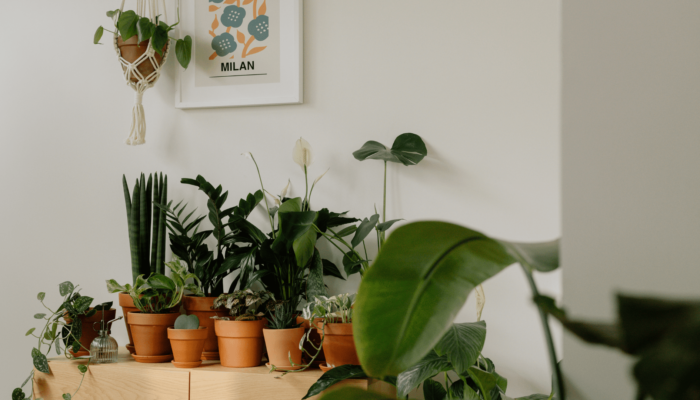
Indoor Gardening
- Grow herbs, succulents, or houseplants on windowsills or in tabletop containers.
- Use hydroponic kits or smart gardens for fuss-free growing with minimal mess.
- Choose easy-care plants like pothos, spider plants, or peace lilies.

Community Gardens and Allotments
Many community gardens are designed to be inclusive, with accessible beds, seating, and tools. You might even find gardening programs specifically for people with disabilities or mental health conditions.
Check with local councils, charities, or gardening organisations to find nearby inclusive spaces.
Let Go of Perfection
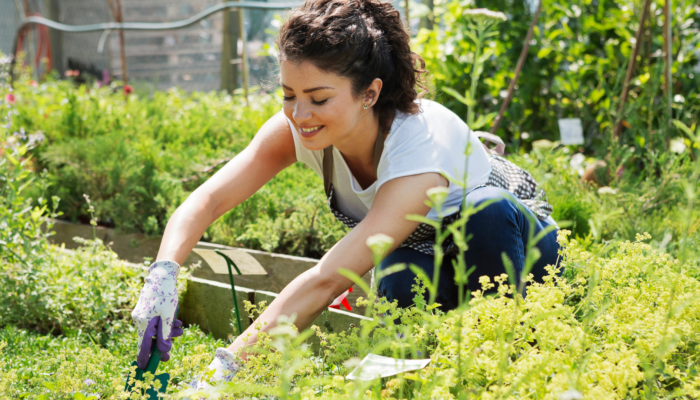
You don’t need the perfect garden to enjoy gardening.
Some days, you may feel tired, overwhelmed, or simply unable to do as much as you hoped—and that’s okay. Plants are wonderfully forgiving. Gardening is about connecting with nature, not about creating a showpiece.
Celebrate every little step: a single seed planted, a new bloom, a minute spent outside. These moments add up to something beautiful.
Your Garden, Your Way
Gardening with a disability isn’t just possible—it can be empowering. When you adapt your space and tools to suit your needs, you create an environment that welcomes you exactly as you are. There’s no right or wrong way to garden—only your way.
Whether you’re growing tomatoes in a raised bed, herbs on your windowsill, or flowers in a hanging basket, you are part of the gardening community. Your garden is your safe space, your sanctuary, your place to grow—at your own pace.
So start small. Be kind to yourself. And let your garden grow with you.
? Happy gardening – without limits.


